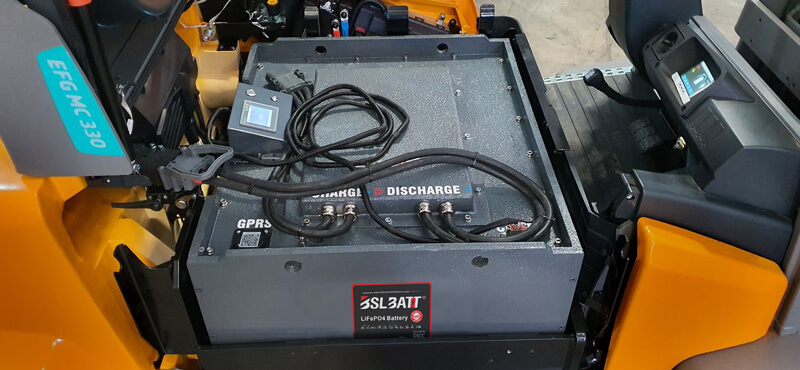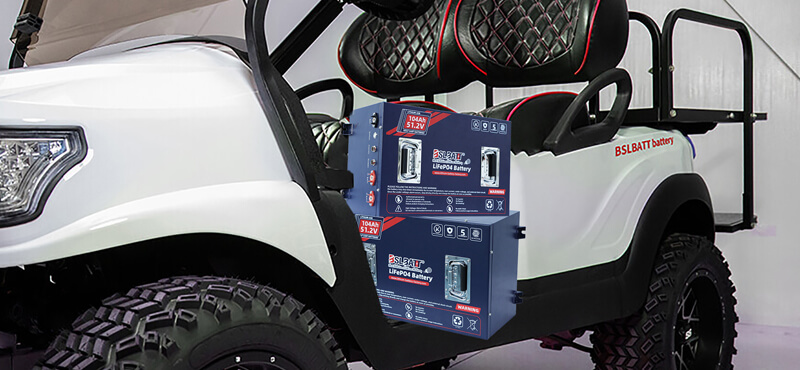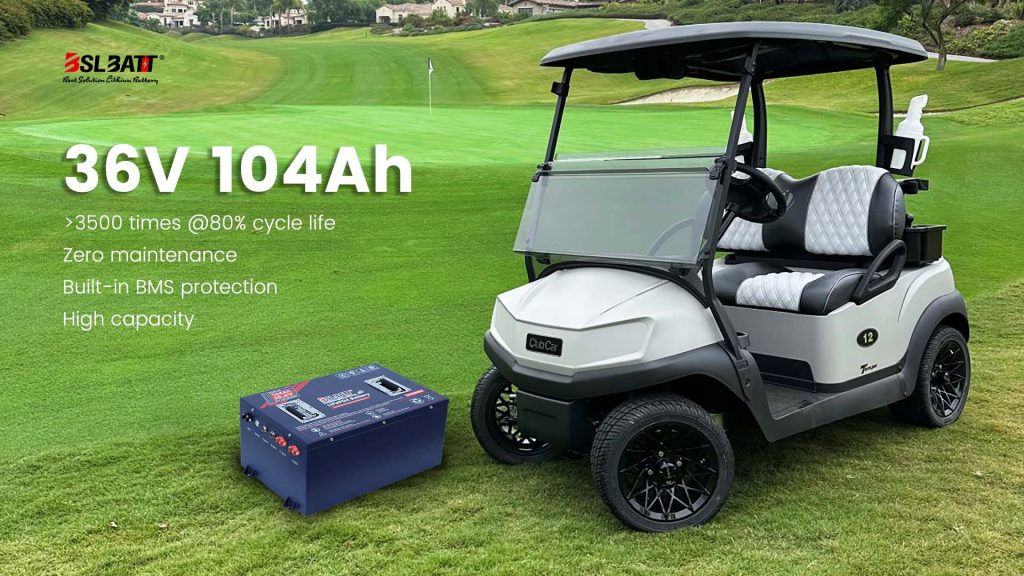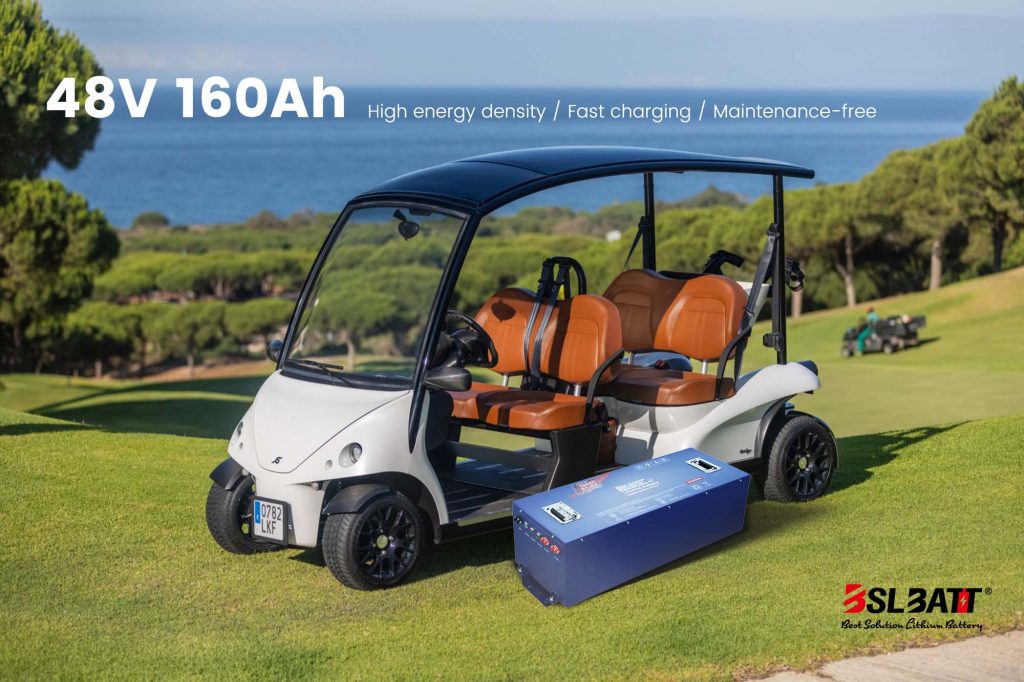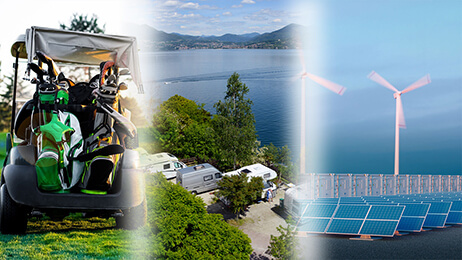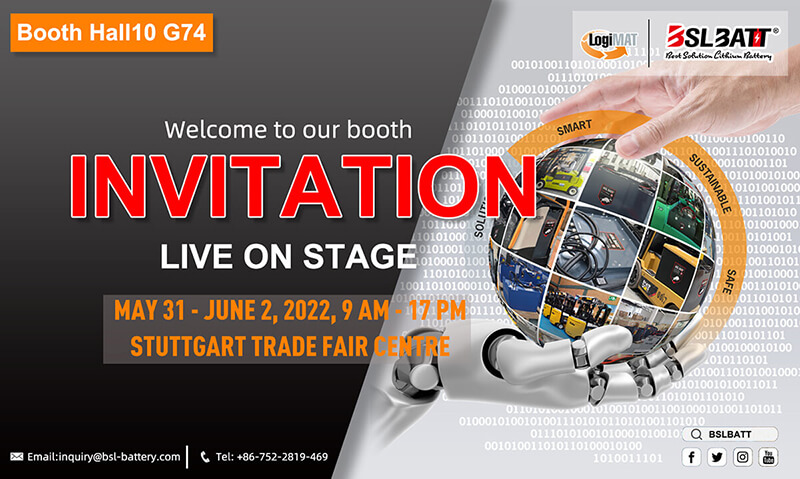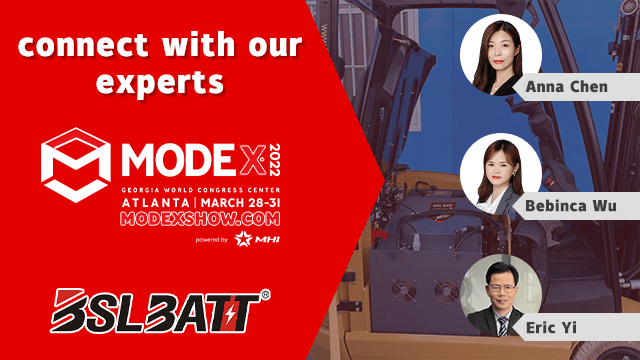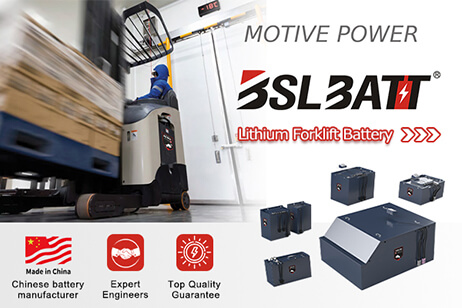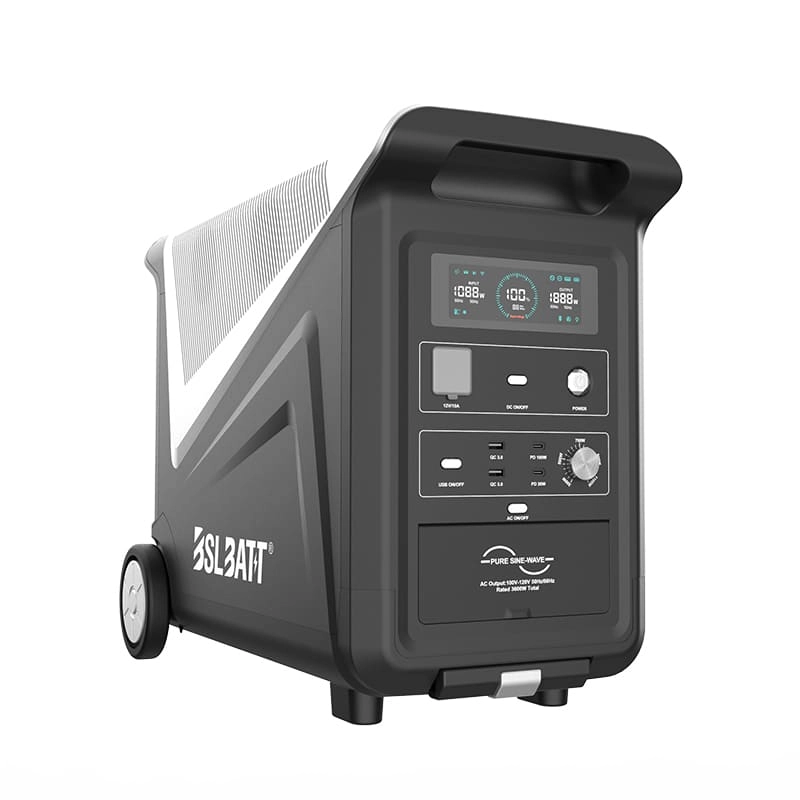
- China
- English
- Françai
- Español
- Deutsch
- Română
- العربية
- 한국어
- 日本語
- Italiano
- Português
- Gaeilge
- Dansk
- Čeština
- Русский
- Afrikaans
- Euskara
- Català
- Esperanto
- हिन्दी
- Ελληνικά
- Bahasa Melayu
- Polski
- Српски
- Kiswahili
- ภาษาไทย
- Tiếng Việt
- Türkçe
- Svenska
- Cymraeg
- Slovenčina
- Latviešu
- Malti
- Magyar
- Galego
- ગુજરાતી
- Eesti Keel
- বাংলা
- Shqip
- беларуская мова
- Nederlands
- Tagalog
- ქართული
- Íslenska
- Kreyòl Ayisyen
- Lietuvių
- Norsk
- slovenščina
- தமிழ்
- Українська
- ײִדיש
- اردو
- తెలుగు
- فارسی
- македонски
- ಕನ್ನಡ
- Bahasa Indonesia
- עברית
- Suomi
- Hrvatski
- Български
- Azerbaijani

Industry Application
Product Type
How Are Lithium Batteries Recycled
Recycling lithium batteries plays a crucial role in protecting the environment and conserving valuable resources. When you recycle these batteries, you help reduce the environmental damage caused by mining and processing minerals, which accounts for nearly 40% of their climate impact. Without proper recycling, about 98.3% of lithium batteries end up in landfills, where they pose serious risks, including fires—one landfill in the Pacific Northwest reported 124 fires over three years.
Recycling methods like pyrometallurgy, hydrometallurgy, and direct cathode recycling aim to recover valuable materials while minimizing waste. Emerging technologies, such as bioleaching, offer even more sustainable solutions. Each method has unique processes and impacts, making it essential to explore the most efficient and eco-friendly options.
Key Takeaways
- Recycling lithium batteries helps the environment by cutting down mining. It also stops harmful chemicals from polluting landfills.
- There are different ways to recycle, like pyrometallurgy and hydrometallurgy. Hydrometallurgy is better for the planet with less pollution and more material recovery.
- Direct cathode recycling is a new method that reuses materials. It creates less waste and uses less energy, making it eco-friendly.
- Recycling lithium batteries saves important resources and boosts the economy. The recycling business is growing fast, creating jobs and needing fewer imports.
Why Recycling Lithium Batteries Matters

Environmental Benefits
Recycling lithium batteries offers significant environmental advantages. By recovering valuable materials like nickel and cobalt, you help reduce the need for mining, which often damages ecosystems and depletes natural resources. Recycling also minimizes electronic waste in landfills, where batteries can leak harmful chemicals. Additionally, it reduces greenhouse gas emissions by cutting down on the energy required for new battery production. For example, recycling can lower emissions by 58% to 81%, water usage by 72% to 88%, and energy consumption by 77% to 89%.
Here’s a comparison of recycling versus conventional mining:
| Metric | Recycling Process | Conventional Mining |
|---|---|---|
| Greenhouse Gas Emissions | < 50% | 100% |
| Water Usage | 25% | 100% |
| Energy Usage | 25% | 100% |
| Scrap Stream GHG Emissions | 19% | 100% |
| Scrap Stream Water Usage | 12% | 100% |
| Scrap Stream Energy Usage | 11% | 100% |
By choosing recycling, you actively contribute to a cleaner and more sustainable planet.
Resource Recovery
Lithium batteries contain critical materials like lithium, nickel, cobalt, manganese, and graphite. Recycling these materials reduces dependency on virgin resources, which are often sourced from conflict regions. This process supports the growing demand for clean energy technologies and electric vehicles. For instance, the global demand for lithium exceeded supply in 2022, and projections indicate major supply deficits by 2030 without increased recycling efforts. By recovering these materials, you help ensure a steady supply for future battery production while reducing the environmental impact of mining.
Economic Value
Recycling lithium batteries is not only environmentally beneficial but also economically viable. Processing one metric ton of batteries costs about $90, while the recovered materials, such as black mass and metallics, can sell for $300 to $500. The recycling industry is growing rapidly, with its market value projected to increase from $1.5 billion in 2019 to $12.2 billion by 2025. Additionally, recycling creates jobs and supports a domestic supply chain, reducing reliance on foreign materials. By participating in recycling efforts, you contribute to economic growth and sustainability.
Pyrometallurgy: High-Temperature Recycling
Process Overview
Pyrometallurgy uses high temperatures to extract valuable metals from lithium batteries. This method involves three main steps:
- Initial Thermal Treatment: The batteries are heated to temperatures between 140°C and 500°C. This step removes volatile substances, such as electrolytes and plastics.
- Smelting: The materials are then subjected to extreme heat, ranging from 1400°C to 1700°C. This process melts the metals, forming alloys of cobalt, copper, and nickel.
- Refining: The final step involves refining the extracted metals. Techniques like leaching and solvent extraction are used to achieve the desired purity levels.
This process is widely used due to its ability to handle large volumes of waste efficiently.
Advantages
Pyrometallurgy offers several benefits when recycling lithium batteries. First, it can process mixed and contaminated materials without extensive pre-sorting. This flexibility makes it a practical choice for large-scale operations. Second, the high temperatures effectively recover metals like cobalt, nickel, and copper, which are essential for new battery production. Finally, the process is well-established and supported by existing industrial infrastructure, making it a reliable option for recycling.
Disadvantages
Despite its advantages, pyrometallurgy has notable drawbacks. The process consumes significant amounts of energy, as it relies on fossil fuels to maintain high temperatures. This contributes to greenhouse gas emissions, including carbon dioxide and hazardous substances like hydrogen fluoride. Additionally, the method destroys non-metal components, such as graphite and binders, instead of recycling them. Recovery rates for some battery metals remain low, leading to material waste. These environmental and efficiency challenges highlight the need for more sustainable recycling methods.
Hydrometallurgy: Chemical Recycling
Process Overview
Hydrometallurgy uses chemical processes to recover valuable materials from lithium batteries. This method involves three key stages:
- Leaching: In this step, you dissolve metals from the black mass using an acid, such as dilute sulfuric acid.
- Concentration and purification: The dissolved metals are concentrated and selectively separated from impurities through solvent extraction or precipitation.
- Metal recovery: Finally, the purified metal salts are recovered using techniques like cementation or oxidation.
This process focuses on extracting critical materials like lithium, cobalt, and nickel with high efficiency. By using aqueous solutions, hydrometallurgy ensures precise recovery of these metals, making it a popular choice for recycling.
Advantages
Hydrometallurgy offers several benefits over other recycling methods.
The process achieves a higher recovery rate and yields metals at a purity level suitable for re-entering the battery supply chain.
It also consumes less energy compared to pyrometallurgy, resulting in a lower carbon footprint. Additionally, hydrometallurgy enables the recovery of materials like lithium, aluminum, and manganese, which are often lost in high-temperature methods. The process generates fewer emissions and incorporates wastewater treatment, ensuring zero discharge. These advantages make hydrometallurgy an eco-friendly and cost-effective solution for recycling lithium batteries.
Disadvantages
Despite its benefits, hydrometallurgy has some limitations. The process requires the use of strong acids, which can pose safety risks if not handled properly. Managing the chemical waste generated during recycling also demands strict environmental controls. Additionally, hydrometallurgy involves multiple steps, making it more time-intensive than other methods. These challenges highlight the need for ongoing innovation to improve the efficiency and safety of this recycling technique.
Direct Cathode Recycling: A Sustainable Approach
Process Overview
Direct cathode recycling, also called cathode healing or re-lithiation, simplifies the recycling of lithium batteries by focusing on cathode materials. Unlike other methods, it skips intermediate metal extraction and directly transforms used cathodes into new ones. This process involves separating specific cathode materials, which can be labor-intensive. Additionally, it requires tailored approaches for different lithium-ion battery chemistries. By targeting the cathode directly, this method reduces waste and streamlines the recycling process.
Advantages
Direct cathode recycling offers several benefits that make it a more sustainable option compared to traditional methods:
- It eliminates the need for intermediate metal extraction, saving energy and resources.
- The process directly recycles cathode materials into new cathodes, reducing material loss.
- It is more efficient and has a smaller environmental footprint than pyrometallurgy or hydrometallurgy.
By adopting this method, you contribute to a cleaner recycling process that aligns with the growing demand for sustainable solutions in the lithium battery industry.
Disadvantages
Despite its promise, direct cathode recycling faces several challenges:
- Precise separation of cathode materials requires significant manual labor, increasing costs.
- The diversity of lithium-ion battery chemistries complicates the process, as each type needs a tailored approach.
- It typically operates as a one-to-one recycling process, limiting its scalability.
- The method is still in its early stages and requires further research and investment to become widely viable.
These limitations highlight the need for continued innovation to make direct cathode recycling a robust and scalable solution for lithium batteries.
Emerging Recycling Technologies

Electro-Hydrometallurgy
Electro-hydrometallurgy combines electrical energy and chemical processes to recover valuable materials from lithium batteries. This method uses an electric current to dissolve metals into a solution, separating them based on their chemical properties. The process is highly efficient for extracting lithium, cobalt, and nickel. It also minimizes waste by targeting specific materials without damaging others.
One major advantage of electro-hydrometallurgy is its precision. You can recover metals at high purity levels, making them suitable for reuse in new batteries. Additionally, this method consumes less energy compared to traditional high-temperature techniques. However, it requires advanced equipment and expertise, which can increase costs. Despite these challenges, electro-hydrometallurgy represents a promising step toward sustainable battery recycling.
Bioleaching
Bioleaching uses microorganisms to extract metals from spent batteries. These microbes produce acids that break down the battery components, releasing valuable materials like lithium and cobalt. This natural process eliminates the need for harsh chemicals, making it an eco-friendly alternative to conventional methods.
The benefits of bioleaching include lower energy consumption and reduced environmental impact. You can also scale this method easily, as it relies on naturally occurring organisms. However, bioleaching takes longer than other recycling techniques, which may limit its efficiency for large-scale operations. Researchers are working to optimize this process, aiming to make it faster and more effective for recycling lithium batteries.
Innovations in Recycling Infrastructure
Recent advancements in recycling infrastructure are improving the efficiency of lithium battery recycling. For example, scientists at the U.S. Department of Energy have developed a method called Battery Recycling and Water Splitting (BRAWS). This technique uses only water and carbon dioxide, eliminating the need for chemicals and high heat. It enhances lithium recovery rates compared to traditional methods.
Recycling infrastructure now incorporates several innovative steps:
- Collection of batteries.
- Sorting based on type and composition.
- Disassembly of battery components.
- Chemical extraction of valuable materials like lithium, nickel, and cobalt.
Other innovations include improved graphite recycling, which slows chemical reactions by adding fluorine, and new techniques for recovering electrolytes and extracting lithium from black mass. These advancements make recycling more efficient and environmentally friendly, ensuring a sustainable future for lithium batteries.
Aout BSLBATT
BSLBATT (LiFePO4) is a leader in the lithium battery industry. The company specializes in manufacturing deep-cycle lithium batteries, providing innovative solutions to meet the growing demand for sustainable energy storage and power vehicle applications. By focusing on environmentally friendly practices, BSLBATT plays a vital role in advancing the progress of lithium batteries and the impact on the environment.
What Makes BSLBATT Unique?
- High-quality products: BSLBATT produces lithium batteries with long life and high energy efficiency. This reduces the need for frequent replacement and lowers the overall environmental footprint.
- Global reach: BSLBATT operates in more than 120 countries, supporting industries ranging from renewable energy to forklifts, golf carts, aerial work platforms, sweepers and more. Its global network ensures global access to sustainable battery solutions.
- Commitment to sustainability: BSLBATT prioritizes green technologies. The company incorporates advanced recycling methods such as hydrometallurgy and direct cathode recycling into its operations. These technologies recover valuable materials such as lithium, cobalt and nickel while minimizing waste.
- Did you know?
Over the past five years, BSLBATT’s lithium iron phosphate battery solutions have reduced carbon emissions by more than 10,000 tons.
Why Choose BSLBATT?
BSLBATT Is A Global Leader In Lithium Battery Innovation, Providing High-Performance, Reliable, And Sustainable Energy Solutions. Our Batteries Are Designed For Maximum Efficiency, Safety, And Longevity, Making Them The Preferred Choice Across Various Industries.
- Cutting-Edge Technology – Advanced BMS And Intelligent Monitoring For Optimal Performance.
- Eco-Friendly & Sustainable – Committed To Green Energy And Reducing Carbon Footprint.
- Proven Reliability – Certified To International Standards, Ensuring Safety And Quality.
- Trusted Partner – Backed By 20+ Years Of Industry Experience And A Strong Global Presence.
Power Your Future With BSLBATT—Innovation, Sustainability, And Performance You Can Trust!
Recycling lithium batteries involves various methods, each with unique benefits and challenges. Pyrometallurgy efficiently processes large volumes but consumes significant energy. Hydrometallurgy achieves higher recovery rates with lower emissions, though it requires careful handling of chemicals. Direct cathode recycling stands out as a sustainable option by directly reusing cathode materials, reducing waste and energy use.
Here’s a comparison of key metrics across recycling methods:
| Metric | Scrap Processing | Battery Streams Processing | Conventional Refinement |
|---|---|---|---|
| Energy Consumption (MJ/kg) | 22.0 | 44.4 | Higher |
| CO2-eq Emissions (kg) | 2.8 | 6.1 | Higher |
| Water Consumption (L) | 9.5 | 21.5 | Higher |
| Reduction in Water Use | 87.7% | 72.2% | N/A |
| Reduction in CO2-eq | 80.9% | 57.7% | N/A |
Direct cathode recycling offers a promising path forward, but advancing technologies remains critical. The global recycling market is projected to grow from $6.5 billion in 2022 to $35.1 billion by 2031. As demand for critical minerals rises, innovations like bioleaching and electro-hydrometallurgy will play a vital role in meeting the needs of a sustainable future.
By supporting advancements in recycling, you help conserve resources, reduce waste, and ensure a cleaner planet for future generations.
FAQ
What happens if you don’t recycle lithium batteries?
When you don’t recycle lithium batteries, they often end up in landfills. This can lead to harmful chemical leaks, fires, and wasted resources. Recycling prevents environmental damage and ensures valuable materials like lithium and cobalt are reused instead of being lost forever.
Can you recycle all types of lithium batteries?
Yes, you can recycle most types of lithium batteries, including those used in phones, laptops, and electric vehicles. However, the recycling process may vary depending on the battery’s chemistry. Always check with your local recycling facility for specific guidelines.
Is lithium battery recycling safe?
Yes, lithium battery recycling is safe when done by professionals. Facilities follow strict safety protocols to handle hazardous materials and prevent accidents. You should never attempt to recycle batteries at home, as improper handling can cause fires or chemical exposure.
How can you prepare batteries for recycling?
To prepare batteries for recycling, tape the terminals to prevent short circuits. Place them in a non-metal container and take them to a designated drop-off location. Avoid storing damaged batteries, as they can pose safety risks.
Why is lithium so important to recycle?
Lithium is a critical material for clean energy technologies like electric vehicles and renewable energy storage. Recycling helps conserve this finite resource, reduces mining demand, and supports the transition to a sustainable energy future.
Tip: Always store used batteries safely until you can recycle them. This small step makes a big difference for the environment!
A Guide to Choosing the Best 48V Lithium Golf Cart Battery
Would it be worth investing in a 48V ...
10 Exciting Ways To Use Your 12V Lithium Batteries
Back in 2016 when BSLBATT first began designing what would become the first drop-in replacemen...
BSLBATT Battery Company Receives Bulk Orders from North American Customers
BSLBATT®, a China Forklift battery manufacturer specializing in the material handling indust...
Fun Find Friday: BSLBATT Battery is coming to another great LogiMAT 2022
MEET US! VETTER’S EXHIBITION YEAR 2022! LogiMAT in Stuttgart: SMART – SUSTAINABLE – SAF...
Looking for new Distributors and Dealers for BSL Lithium Batteries
BSLBATT battery is a fast-paced, high-growth (200% YoY ) hi-tech company that is leading the a...
BSLBATT to Participate at MODEX 2022 on March 28-31 in Atlanta, GA
BSLBATT is one of the largest developers, manufacturers, and integrators of lithium-ion batter...
What makes the BSLBATT the Superior Lithium Battery for your Motive Power needs?
Electric forklift and Floor Cleaning Machines owners who seek the ultimate performance will fi...






